Scientific Resources
-
 技术公告Tissue Dissociation and Digestion Protocols
技术公告Tissue Dissociation and Digestion Protocols产品类型:
Tissue and Cell Culture Dissociation Reagents
-
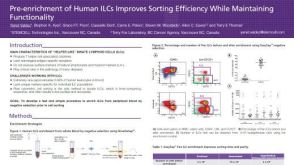 科学海报Pre-enrichment of Human ILCs Improves Sorting Efficiency While Maintaining Functionality
科学海报Pre-enrichment of Human ILCs Improves Sorting Efficiency While Maintaining Functionality产品类型:
Cell Isolation Products
Conference:
EMBO: ILCs 2016


 EasySep™小鼠TIL(CD45)正选试剂盒
EasySep™小鼠TIL(CD45)正选试剂盒





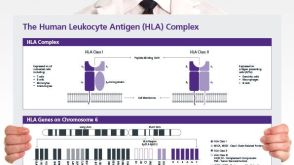
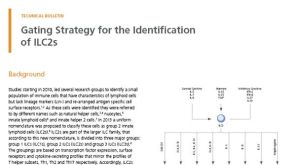
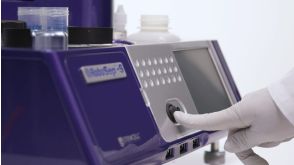
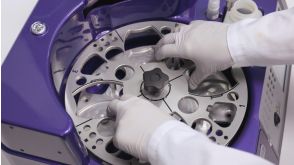

 沪公网安备31010102008431号
沪公网安备31010102008431号